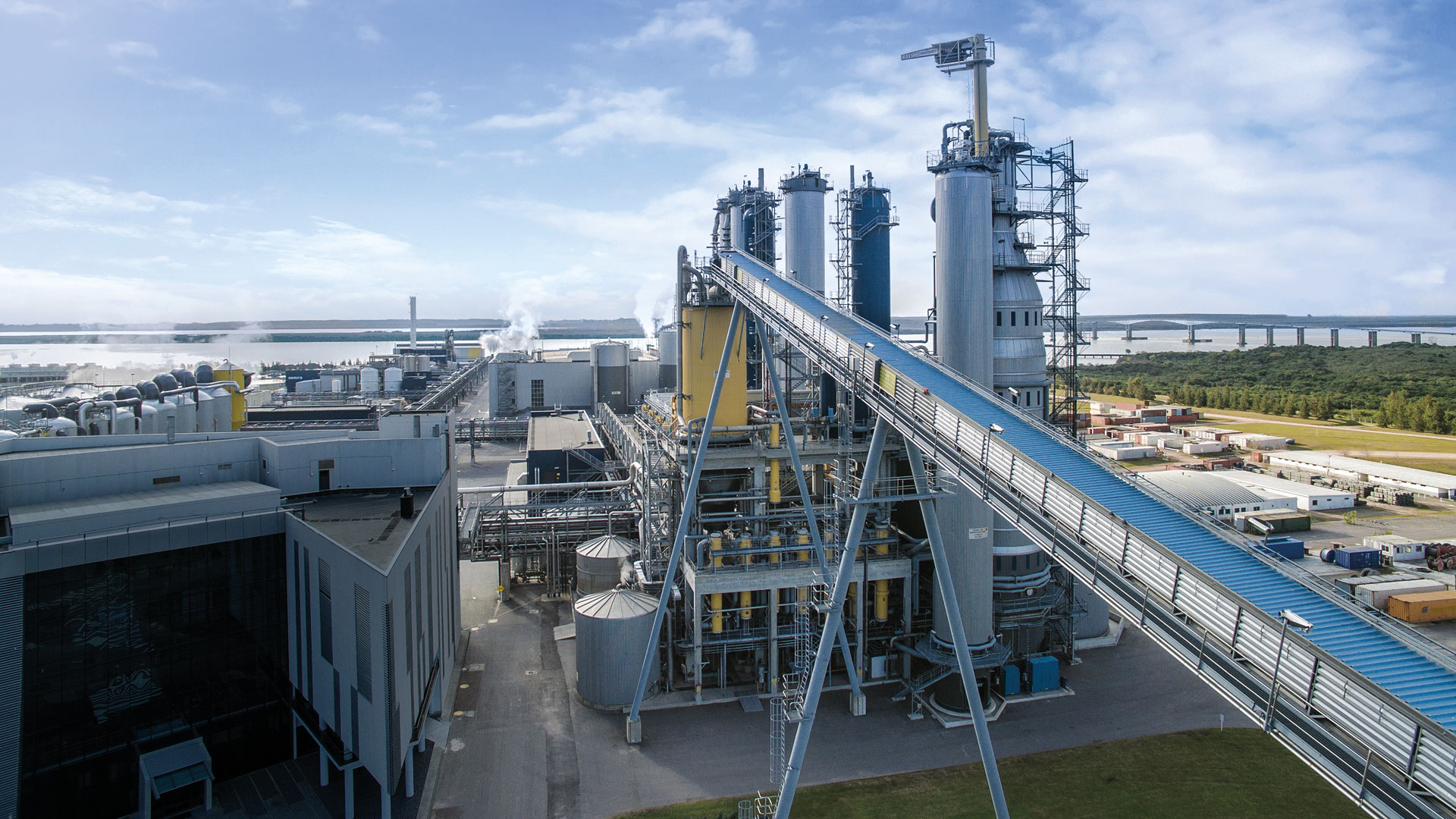Transitioning from a linear economy to a circular economy is truly the only path forward to create better growth in ways that benefit society and the environment. It’s something all companies around the world should transition to, if they have not yet begun the process, as a way of tackling some of the greatest issues of our time, like climate change, waste and pollution.
For a leading bioeconomy company like UPM, the circular economy has been an integral focus of our strategy for years. We reuse or recycle 89 percent of our production waste and we integrate recycled materials into many of the products we make, like UPM Raflatac’s plastic label materials with 90 percent post-consumer recycled content. But as an industry leader looking to embrace a future beyond fossils, we know that we cannot just talk the talk – we must walk the walk.

What is Circulytics?
The Ellen MacArthur Foundation’s Circulytics tool allows organizations to measure their circular economy performance and assess how circular they currently are via a broad set of metrics, which then deliver a company-level score. This score, alongside supporting insights and analysis from the Foundation, helps businesses understand the extent of their success in adopting circular economy business models. It provides a comprehensive picture of a company's circular economy performance — going beyond product and material flows — and highlights the most important development areas to concentrate on.
This year, both UPM and our UPM Raflatac business area (which manufactures and sells self-adhesive label materials for a variety of end-uses) completed Circulytics assessments so we could be equipped with the most comprehensive picture of our circular economy performance. UPM Raflatac is also a signatory to The New Plastics Economy Global Commitment, led by the Foundation, and member of the Foundation’s Network.
Learning our scores
So, how did we do? UPM received an overall score of B+ while UPM Raflatac scored a B. We’re pleased with the results, but they’re not perfect scores, of course. The scores highlighted new opportunities for innovation and showed us areas where we still need to aim higher so we can be the industry leaders we aim to be.
For UPM, the Circulytics supporting analysis stated that: “UPM has clearly taken circular economy as a strategic focus, which is especially important (but by no means a given) for a company dependent directly on forest resources. Especially the fact that UPM has mapped risks and business opportunities, and communicates those clearly shows leadership and builds confidence in UPM's efforts in the space. In terms of these opportunities, upscaling regenerative forestry (beyond replacing trees) could be an area of further focus. Overall, UPM has internalized the concept of circular economy across the organization via a strong strategic focus.”

“Circulytics is an excellent way for external eyes to look critically at our operations,” says Taru Päiväläinen, Manager, Environmental Production Support, UPM. “UPM’s score indicated that we are doing many things very well, but there are some development areas to be sure. This tool provides valuable information for a company looking to measure its circularity. I respect the efforts of the Ellen MacArthur Foundation for trying to develop a tool that would fit many different industries.”
For UPM Raflatac, the supporting analysis stated that: “UPM Raflatac has clearly taken extensive action to enable their acceleration to a more circular business model. We recommend to continue driving the circular economy agenda internally and engaging with external stakeholders (particularly suppliers).”
The Circulytics analysis urges UPM Raflatac to continue to look at renewable sources of energy to power more of our manufacturing facilities, which is an ongoing goal of our Biofore Site initiative. Currently, five of our 10 factories around the world (including all three in the United States) are powered by renewable electricity. Additionally, they recommend we work on our IT systems to enable us to track our circularity – including having our IT tools determine raw material categories (virgin fossil, non-fossil, and recycled materials).
“Labels matter when it comes to the circularity of packaging. As a leader in sustainable labeling, how we enable the circular economy is of strategic importance to our company,” says Oona Koski, Manager, Sustainability, UPM Raflatac.

What are our next steps?
EMF has recently launched the new and improved Circulytics 2.0 version of the tool, which will provide more advanced functionality and a more comprehensive look at an organization’s circularity. Both UPM and UPM Raflatac will likely complete Circulytics 2.0 assessments.
Ellen MacArthur Foundation has recently announced the new and improved Circulytics 2.0 tool, which will provide more advanced functionality and a more holistic look at an organization’s circularity. Robert Taylor, Sustainability Director, participated as a sounding board in developing the tool and commented, “We were delighted to contribute to the development of the tool and are excited to learn how it impacts our scoring in the next round. It should give even clearer outcomes and areas where we need to improve.”
“UPM Raflatac has been closely involved in developing and testing Circulytics 2.0 as a part of a sounding board of companies. While they brought the realities of running a business into the development discussions, UPM Raflatac has been open to keeping the bar high on circular economy performance. I am glad that UPM and UPM Raflatac have also found value from completing the assessment, and we look forward to seeing their next steps in transitioning to a more circular way of doing business in action,” says Jarkko Havas, Insight and Analysis Lead at the Ellen MacArthur Foundation.
We invite any responsibility-minded company interested in moving forward with the circular economy to request your own Circulytics score. Together, we can embrace a circular future!
Text: Scott Sowers